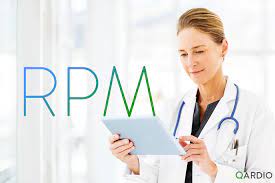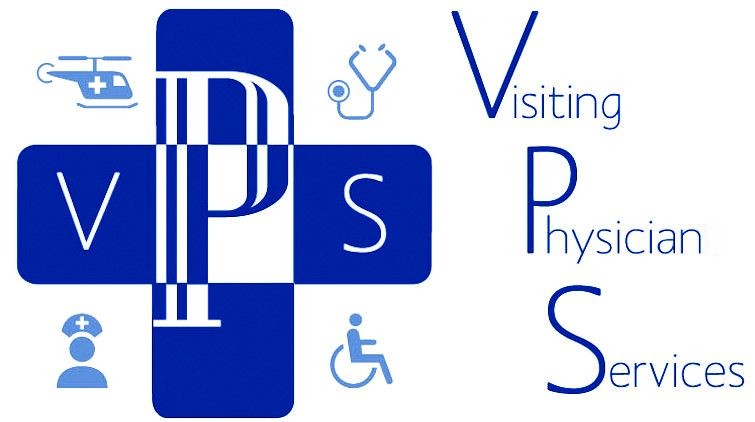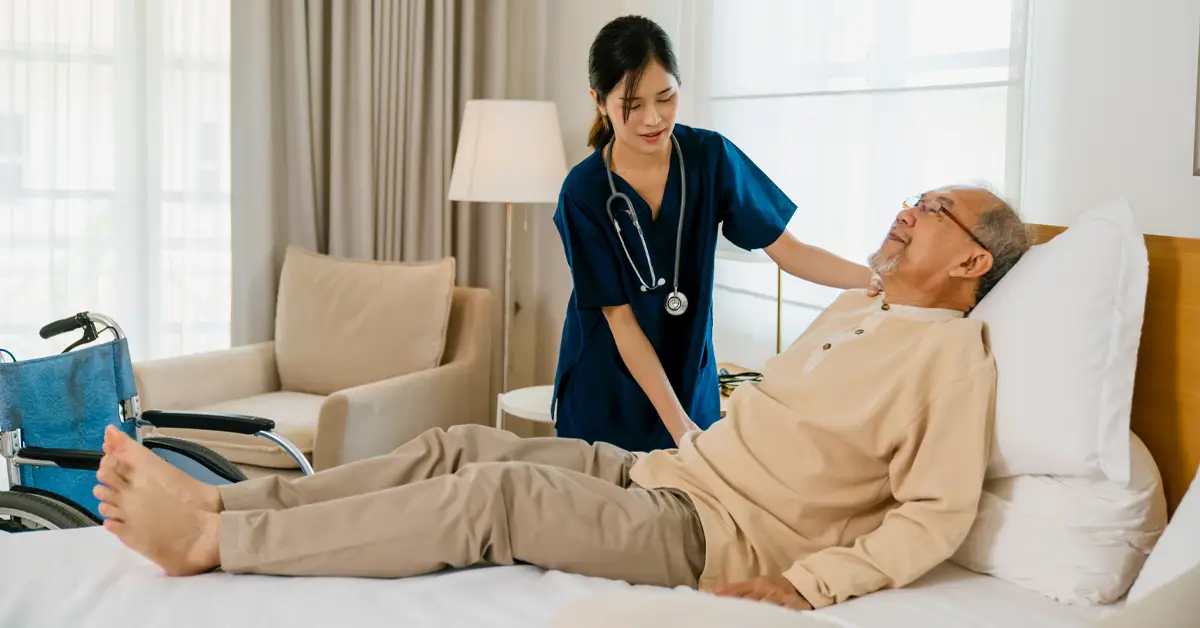Remote patient monitoring (RPM) is revolutionizing post-hospital care by providing continuous monitoring and personalized support to patients after they are discharged. Here are some ways in which RPM is transforming post-hospital care:
- Early Detection of Complications: RPM enables healthcare providers to remotely monitor patients’ vital signs, such as heart rate, blood pressure, and oxygen levels, allowing for early detection of any complications or deterioration in their condition. By promptly identifying potential issues, healthcare professionals can intervene in a timely manner, preventing readmissions and reducing the risk of adverse events.
- Improved Medication Adherence: RPM systems often include medication reminders and adherence tracking. This helps patients follow their prescribed medication schedules more closely, reducing the likelihood of medication errors and ensuring they receive the necessary treatment post-hospitalization.
- Enhanced Patient Education: RPM platforms often provide educational resources, such as videos or articles, to help patients understand and manage their conditions better. By empowering patients with knowledge about their health, they can actively participate in their recovery process, leading to better self-care and improved outcomes.
- Remote Rehabilitation and Physical Therapy: For patients who require rehabilitation or physical therapy after a hospital stay, RPM can enable healthcare providers to remotely monitor their progress and provide guidance. This eliminates the need for frequent in-person visits and allows patients to continue their recovery at home while receiving personalized support from healthcare professionals.
- Reduced Hospital Readmissions: One of the primary goals of RPM in post-hospital care is to reduce readmissions. By continuously monitoring patients’ health remotely, healthcare providers can quickly identify signs of worsening condition or non-compliance with care plans. This allows for early interventions and appropriate adjustments to the treatment plan, reducing the likelihood of readmission to the hospital.
- Enhanced Patient Convenience and Satisfaction: RPM enables patients to receive care from the comfort of their homes, eliminating the need for frequent hospital visits. This convenience not only reduces the burden on patients and their caregivers but also improves overall patient satisfaction levels.
- Cost Savings: RPM can lead to cost savings for both patients and healthcare systems. By preventing complications, reducing hospital readmissions, and optimizing resource utilization, the overall cost of post-hospital care can be significantly reduced.
Remote, patient monitoring and post hospital care


